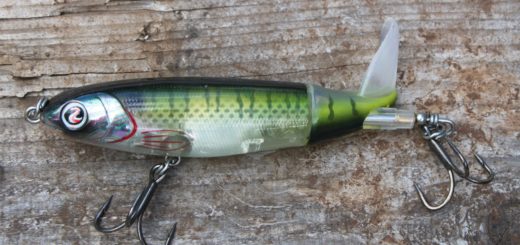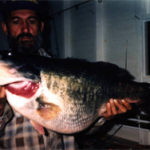Largemouth Bass Growth Rates: Understanding the Development of a Popular Sportfish
Largemouth bass (Micropterus salmoides) is a highly sought-after sportfish, known for its strength and fighting ability. This species of fish is native to North America and is widely distributed in many freshwater bodies, including lakes, rivers, and reservoirs. One of the key characteristics of largemouth bass is its rapid growth rate, which has made it a popular species for anglers and fishery managers alike.
Largemouth bass are capable of reaching sizes of over 20 pounds, with a maximum length of over 30 inches. The growth rate of largemouth bass is largely dependent on water temperature, food availability, and the size and age of the fish. In general, largemouth bass in warmer waters will grow faster than those in colder waters. The growth rate also varies greatly among individual fish, with some growing much faster than others.
During the first year of life, largemouth bass can grow to be several inches long. By the time they reach one year old, they can be as long as 10 inches. From there, the growth rate slows down, but they can still grow several inches each year until they reach maturity, which usually occurs between 4-6 years of age. After reaching maturity, the growth rate slows down even more, and the fish will only grow a few inches each year.
In addition to environmental factors, the availability of food plays a significant role in the growth rate of largemouth bass. Fish that have access to an abundant food source will grow faster than those with limited food sources. The size of the prey also influences growth, with larger prey leading to faster growth rates.
Fishery managers often stock largemouth bass in their lakes and reservoirs to provide recreational fishing opportunities. The stocking rate and size of the fish are important factors in the success of the fishery. Larger fish are more likely to survive and grow faster than smaller fish, so stocking larger fish can lead to a faster establishment of a fishery.
Largemouth bass growth rates can vary greatly among individual fish and are influenced by many factors, including water temperature, food availability, and the size and age of the fish. Understanding the growth rates of largemouth bass is important for both anglers and fishery managers, as it can help them make informed decisions about stocking and fishing practices. Whether you’re fishing for sport or managing a fishery, it’s always a good idea to be knowledgeable about the species you’re working with, and the growth rates of largemouth bass are a critical aspect of that knowledge.












